Getting around town shouldn’t drain your wallet. While most American cities charge fares for buses, trains, and other public transit, a growing number of communities have decided to eliminate those costs. These pioneering places prove that free public transportation isn’t just a pipe dream—it’s a working reality that benefits everyone from college students to working families.
Free transit does more than save you money. It reduces traffic congestion, helps the environment, and makes cities more accessible to people who can’t afford cars or prefer not to drive. Here is a list of 18 US cities where you can hop on public transportation without paying a dime.
Olympia, Washington

Olympia switched to free public transportation when their fare collection equipment became too expensive to maintain and replace. After just one month of the program, Olympia saw a 20% increase in ridership compared to the previous year, or about 60,000 additional rides in that time period.
The change eliminated the hassle of exact change and made boarding much faster for everyone.
Richmond, Virginia
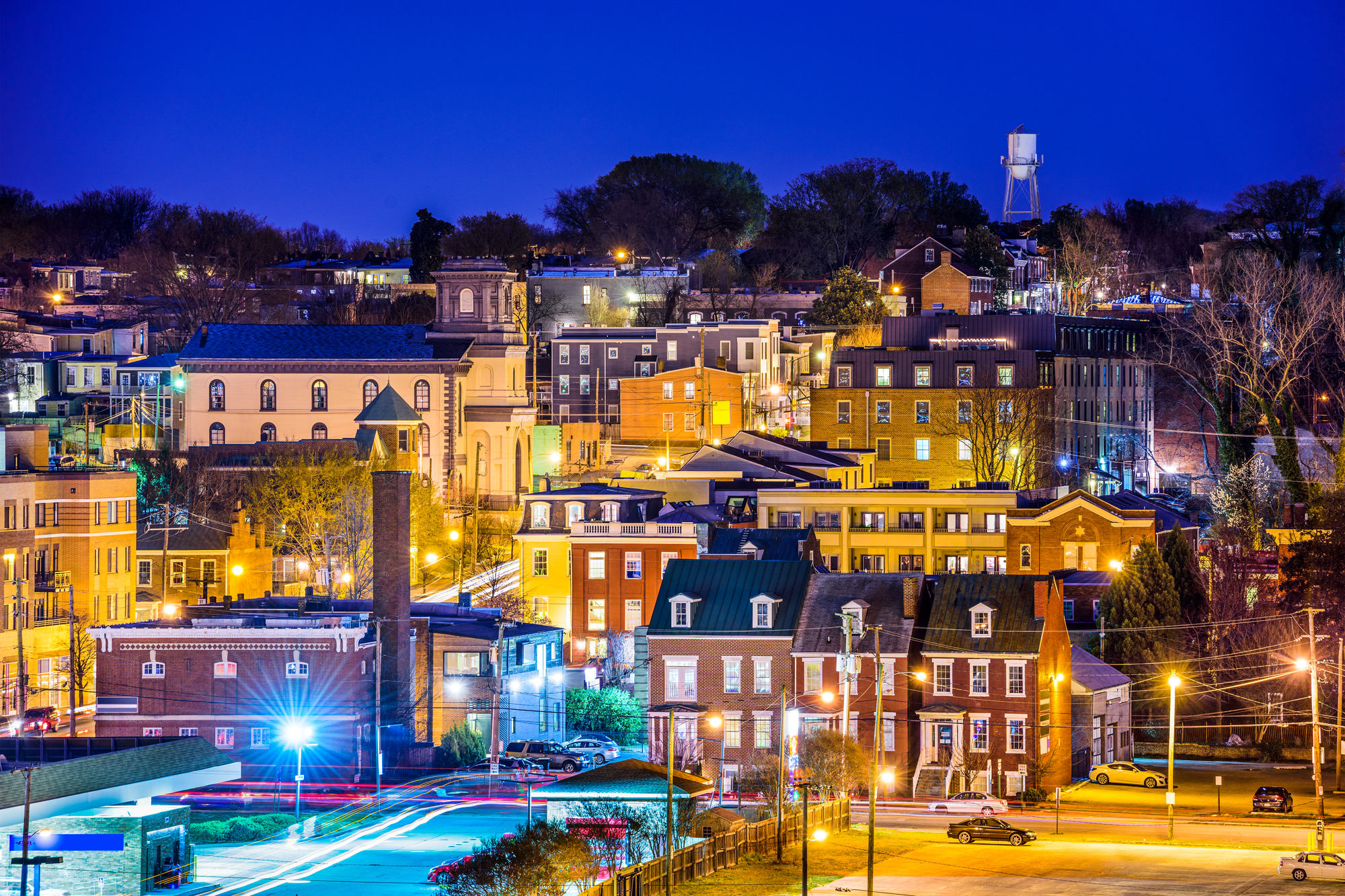
Richmond first eliminated fares in March 2020 and extended that policy through June 2025. Agency leaders say eliminating fares has helped city buses grow ridership by 6% in 2022 compared to 2019 levels.
The move particularly benefits the system’s riders, who are predominantly low-income residents and people of color who rely on buses out of necessity.
Like Travel Pug’s content? Follow us on MSN.
Chapel Hill, North Carolina

In 2002, the University of North Carolina at Chapel Hill contracted with Chapel Hill Transit to provide free rides for students on public transit. The university’s decision to facilitate fare-free transit has also benefited the entire Chapel Hill community, with ridership surging from approximately 3 million trips to more than 7 million between 2001 and 2011.
Chapel Hill offers free fixed-route service around the town as well as free transit for the EZ-Rider door-to-door service for mobility-impaired riders.
Corvallis, Oregon
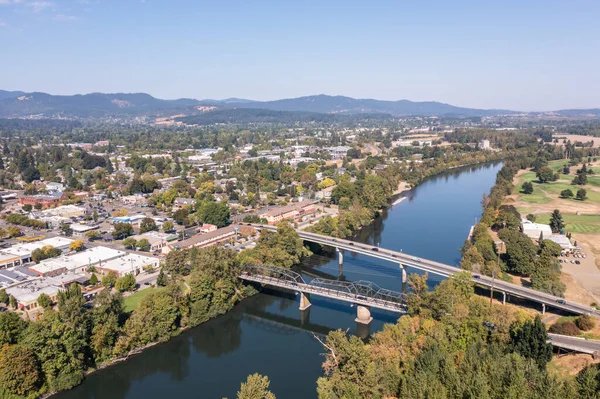
Intending to preserve the environment and enhance community living, the Corvallis Transit System (CTS) is a zero-fare service that connects all corners of the city. Home to Oregon State University, Corvallis has seen significant ridership increases since implementing free transit.
The system serves both students and residents, making it easy to get around this college town without a car.
Commerce, California

Fare-free bus transit is offered to people in the East LA area of Commerce, with the 600 line also connecting the city to downtown LA. This makes Commerce particularly attractive for commuters who want to avoid the costs and hassles of driving into Los Angeles.
The free service helps bridge the gap between this smaller city and the larger metropolitan area.
Like Travel Pug’s content? Follow us on MSN.
Jacksonville, Florida
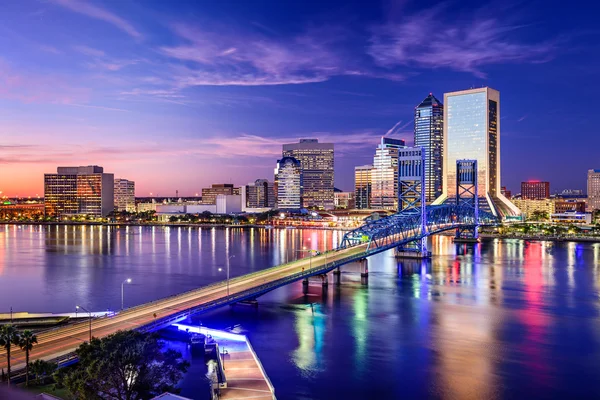
While there is a charge to use most of Jacksonville’s public transit, the JTA Skyway monorail is a complimentary service. The Skyway is a 2.5-mile system with eight stops connecting the Southbank neighborhood to the Northbank.
It’s a sleek way to cross the St. Johns River and explore downtown Jacksonville without worrying about parking or tolls.
Lawrence, Massachusetts
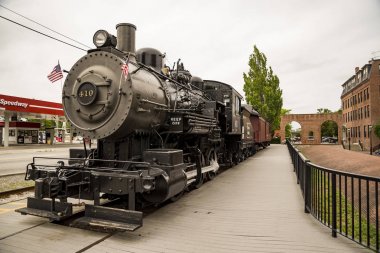
As of March 1, 2022, the Merrimack Valley Regional Transit Authority (MVRTA) offers free transit on all of its fixed routes, covering Northeast Massachusetts, including the city of Lawrence. This regional approach shows how free transit can work across multiple communities, not just within a single city.
The system serves a diverse population in an area where many residents depend on public transportation.
Miami, Florida
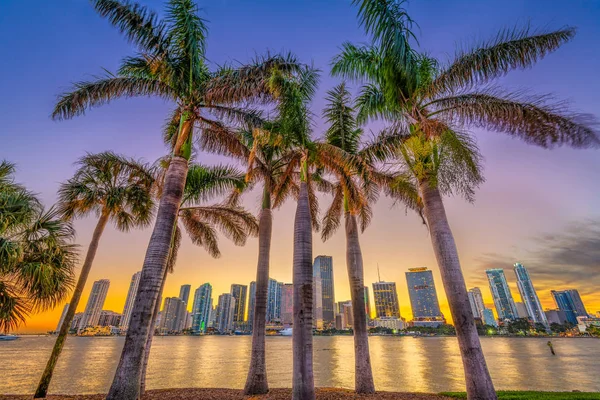
Commuters in Miami can take advantage of the fareless Metromover elevated transport system. The Metromover is like having a personal elevator system for the city—it glides above the streets and connects major downtown areas,
Brickell, and the Arts and Entertainment District. It’s particularly useful for tourists navigating Miami’s busy downtown core.
Like Travel Pug’s content? Follow us on MSN.
Park City, Utah

Bus travel in Park City, Utah, has been free of charge since 1975. In addition to its regular routes, Park City offers on-demand service in specific areas.
This ski resort town was way ahead of the curve, proving that free transit can work in seasonal tourism destinations where parking is often limited and expensive.
Clemson, South Carolina
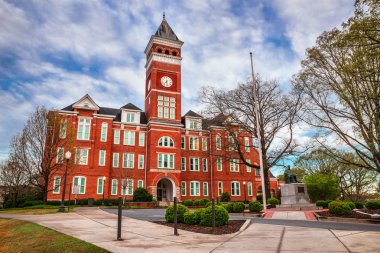
Transportation on the CAT Bus is free for riders in the Clemson, Central Pendleton, and Seneca areas. Riding the Trolley (a tour bus) is fare-free for everyone, but you will need to pay for other forms of public transit.
The system primarily serves the university community but extends to nearby towns, making it easy for students and residents to travel throughout the region.
Crested Butte, Colorado

The zero-fare Mountain Express ground service serves the towns of Crested Butte, Mt. Crested Butte, and the north valley community. This mountain town’s free shuttle system is essential during ski season when parking becomes incredibly scarce.
The service connects the historic downtown area with the ski mountain, helping to reduce traffic on narrow mountain roads.
Like Travel Pug’s content? Follow us on MSN.
Los Alamos, New Mexico

The North Central Regional Transit District (NCRTD) offers free fare transit on 26 of its 28 bus routes, connecting communities in North Central New Mexico, including Los Alamos and Santa Fe, as well as other major destinations.
This regional system shows how free transit can work across a large geographic area, connecting smaller communities with major cities and employment centers.
Niles, Illinois

The Niles Free Bus service connects key destinations within the village of Niles, like shopping centers and public facilities. The Pulse Milwaukee Line connects with the Blue Line at Jefferson Park, which will take you to downtown Chicago.
This Chicago suburb provides free local transportation while connecting riders to the larger regional transit network.
La Cañada Flintridge, California
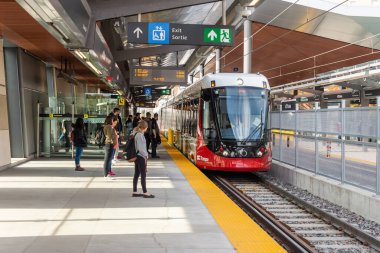
You can board the LCF Shuttle routes 33 and 34, as well as the Glendale Beeline 3, for free in La Cañada Flintridge. The Beeline continues into downtown Glendale, California, but the rest of the transit system requires payment.
This affluent Los Angeles County city provides free connections to neighboring areas, making it easier for residents to access regional transit networks.
Like Travel Pug’s content? Follow us on MSN.
Vail, Colorado

Vail offers free year-round public transit via its bus service with six lines that can easily get you to Vail Mountain or one of the trailheads. Like other mountain resort towns, Vail discovered that free transit reduces traffic congestion and parking headaches.
The system is especially valuable during peak ski season when the town swells with visitors.
Boone, North Carolina
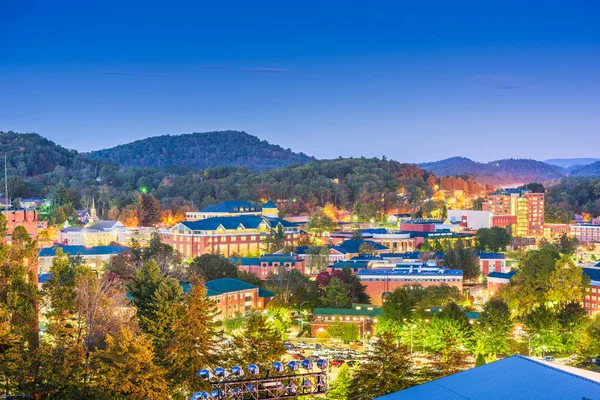
AppalCART provides free fixed-route bus service to Watauga County and the town of Boone, serving Appalachian State University and other key locations. AppalCART also works with the county’s Project on Aging (POA) to provide transport solutions to individuals 60 years of age and older.
This college town’s free transit system serves both students and the broader community, including specialized services for seniors.
Akron, Ohio
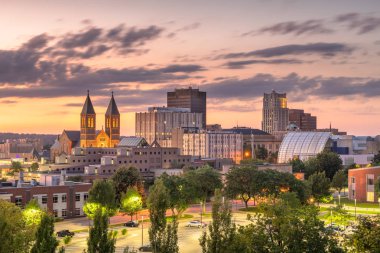
Riding the DASH is free on weekdays, with the bus service looping around downtown, starting at the METRO’s transit center, and ending at the University of Akron.
This downtown circulator helps connect the university with the city center, making it easier for students, workers, and visitors to navigate Akron’s urban core without a car.
Like Travel Pug’s content? Follow us on MSN.
Breckenridge, Colorado

If you’re within the town limits of Breckenridge, you can take the Free Ride to get around the ski town. Another Colorado mountain community that embraces free transit, Breckenridge’s system helps manage traffic flow and parking challenges that plague many ski resort destinations.
The service connects lodging areas with the ski mountain and downtown shops.
Free Transit’s Growing Movement

What started as isolated experiments in small college towns and resort communities has grown into a nationwide movement. Cities across America are discovering that the benefits of free public transportation—reduced traffic, cleaner air, and more equitable access to opportunities—often outweigh the costs of lost fare revenue.
From major cities like Kansas City to small mountain towns like Park City, communities are proving that zero-fare transit works in diverse settings. As more communities join this list, free transit is becoming less of an exception and more of a practical solution to urban transportation challenges.
More from Travel Pug

- 20 Best Beach Towns in the Carolinas
- 13 Destinations Where Tourists Regularly Regret Their Trip
- 20 Things You Actually Get in First Class
- 20 Small Airports With Aviation Museums
- 20 Places in the U.S. That Are Perfect for a Reset Trip
Like Travel Pug’s content? Follow us on MSN. content? Follow us on MSN.
